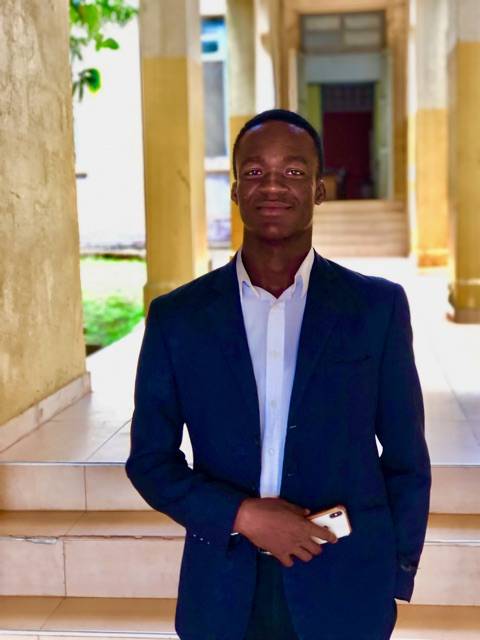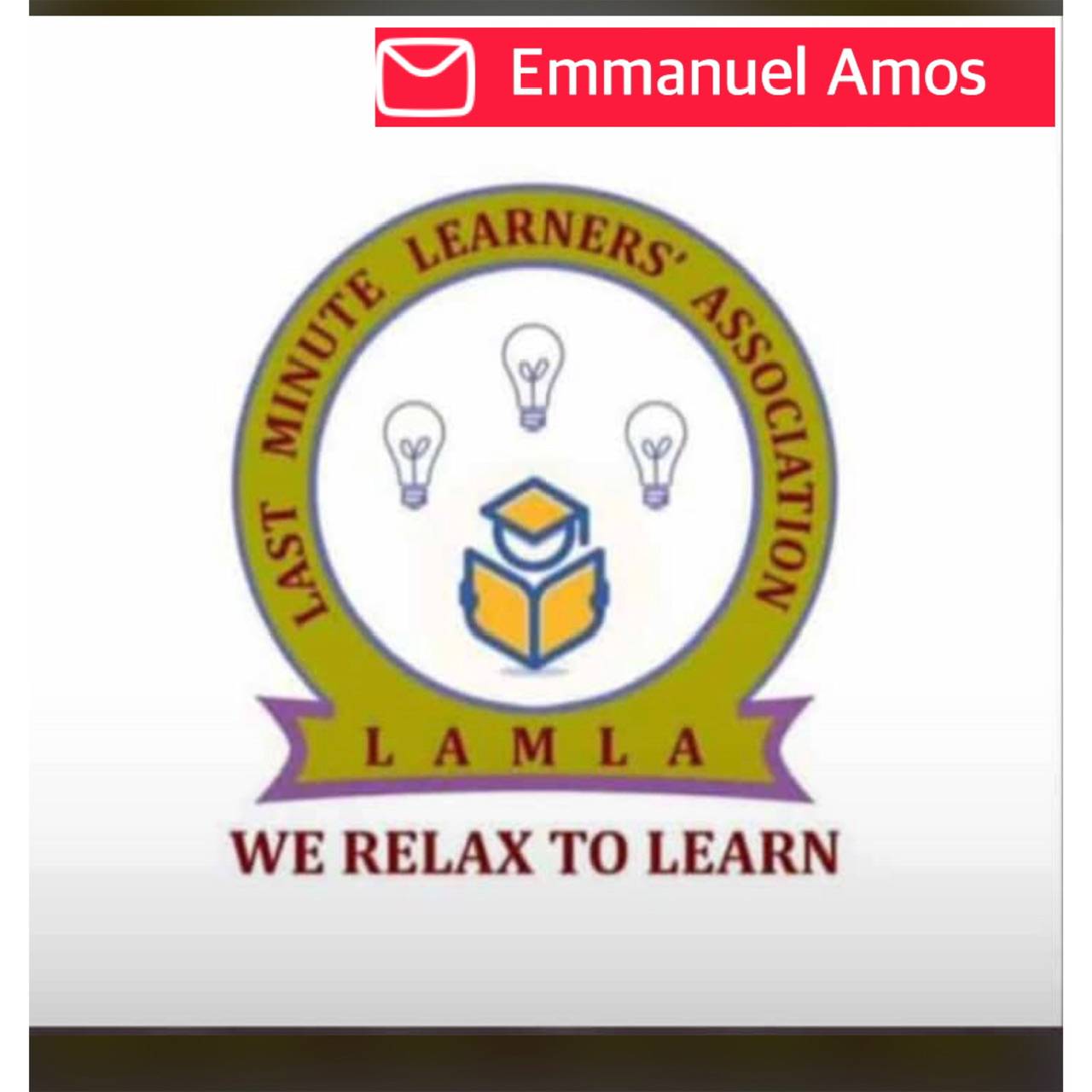SAMPLE QUESTIONS AND ANSWERS ON THEORIES OF TEACHING MATHEMATICS FOR UPPER PRIMARY AND EARLY GRADE
1. a. Describe an inclusive mathematics classroom.
An inclusive mathematics classroom is a classroom which supports and embraces all students, regardless of any challenges they may have, have equitable access to high quality mathematics instruction, resources, and opportunities for learning mathematics
b. Explain four (4) instructional practices you would adopt, as a B4 mathematics teacher, to ensure inclusivity in the classroom. [8 marks].
Useavarietyofinstructionalformats(peertutoring,useoftechnology, student-led demonstrations, group discussions, etc.)
Ensureaccesstosameacademiccurricularcontent.
Applymultipledesignsforteachingandlearning(modeling,images, manipulatives, oral and written responses, project-based, assistive technologies, etc)
Provideaccessibleseatingarrangements
Useofdifferentiationandscaffoldingasteachingandlearningstrategies
for ensuring that no learner is left behind
UseofInformationCommunicationsTechnology(ICT)asapedagogical tool
Identifysubjectspecificinstructionalexpectationsneededformaking learning in the subject relevant to learners.
Integrateassessmentaslearning,forlearningandoflearningintothe teaching and learning processes and as an accountability strategy
2. How would you explain the term “Mathematics” to a B3 learner? [2 marks]
Mathematics is study of numbers and the operations such as addition, subtraction, multiplication, and division on them. Mathematics is used in our everyday lives to solve problems such as buying and selling, sharing
b) A B8 pupil, in your class, remarked during a mathematics lesson that “I am not going to use mathematics for anything in my life, so why should I be made to study mathematics in school”? Explain four (4) importance of mathematics that you can use to convince such a learner. [8 marks]
Future career opportunities: Mathematics is essential for many future careers and fields of study, including science, engineering, and finance. It is important to build a strong foundation in mathematics at the primary level to prepare students for later academic and career opportunities.
Problem solving skills: Mathematics helps develop critical thinking and problem solving skills, which are valuable in all areas of life. Students who are proficient in mathematics are better equipped to solve problems and make informed decisions.
Developmentofcognitiveabilities:Studyingmathhelpsimprove cognitive abilities, including memory, attention to detail, and spatial reasoning. This can benefit students in all areas of learning.
Practical applications: Mathematics has practical applications in daily life, from budgeting and financial planning to calculating measurements and cooking. Learning math in the upper primary level helps students develop the skills needed to apply mathematical concepts in real-world situations.
Mathematicshelpsintradingactivitiessuchasbuyingandselling.
Mathematicsisusedindomesticactivitiessuchascooking,measurement of food quantities, etc.
3. a. Explain the following i. Cardinalnumbers ii. Nominal numbers
iii. Ordinal number [6 Marks]
b. Describe any two pre – number activities in mathematics
i. Cardinal Number
This number concept expresses quantity. It tells how many object or members are in a group/ set. eg.1,2,3,4 etc
ii. Ordinal Number: This number concept gives the position of an object or person in relation to other objects or person arrange in sequence. It involves ranking of numbers e.g. a)1st, 2nd, 3rd, 4th from the calendar
iii. Nominal Number: These numbers are used to name an object or a person. They are used for identification purposes. e.g. ‘3’ can be used to identify the shirt used by a footballer in a team. Also numbers used to register cars and identify bungalows
b. the activities learner are taken trough before the introduction of number concept. These include matching, ordering, comparing etc
3a. Define mathematics teacher’s belief
Mathematics Teachers belief are personal convictions, perspectives, argument, views and understanding on teaching and learning that the teacher hold about teaching and learning of Mathematics. They are ideas based on previous experiences and convictions and may not necessary be based on logic or facts.
b. Explain Four (4) key headings and annotations in the new standard i. Strand: This represents the broad learning areas or sections of the
mathematics content to be covered. There are four strands in the new KG-B6 standards-based mathematics curriculum. They include: Number, Algebra, Geometry and Measurement, Data
ii. Sub-strand: Each strand is broken into teachable topics under which the content is organized. These topics are referred to as sub-strands in the curriculum
iii. Content standard: This refers to the pre-determined level of knowledge, skill and/or attitude that a learner attains by a set stage of education. Content
standard replaces learning objectives as in the case of objective-based curriculum
iv. Learning indicator: This is a clear outcome or milestone that learners have to exhibit in each year to meet the content standard expectation. The indicators represent the minimum expected standard in a year.
V. Indicator is a clear outcome or milestone that learners have to exhibit in each ye meet the content standard expectation: The indicators represent the minimumexpectedstandard inayear.
VI. Exemplar refers to support and guidance, which clearly explains the expected outcome of an indicator and suggests what teaching and learning activities could take to support the facilitators/teachers in the delivery of the curriculum.
VII. Class: the group of learners you are required to study the strands mostly in the same classroom and at the same level.
5. According Howard Gardner (1983), the traditional definition of intelligence in terms of
intelligence quotient (IQ) is too narrow, hence he proposed nine different intelligences in his 1983 multiple intelligence theory. Explain any five (5) of them and give two potential career choices of each. [10 marks]
Intelligences Abilities
Musical Intelligence
Ability to produce and appreciate rhythm, pitch and music
Bodily-Kinesthetic Intelligence
Ability to control body movements and handle objects skillfully
Verbal-Linguistic Intelligence
Well-developed verbal skills and rhythms of words
Mathematical-Logical Intelligence
Ability to think conceptually and abstractly, and the capacity to discern numerical patterns
Intrapersonal Intelligence
The capacity to be self-aware and in tune with inner feelings


